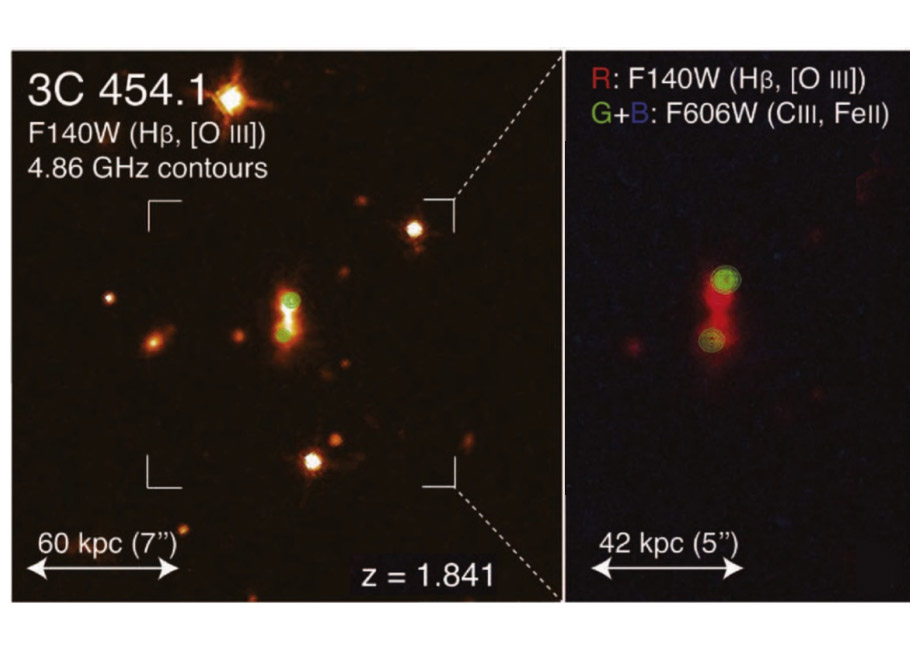Papers and presentations
Very often in the academic field, both by students and by professionals for presentations at conventions and conferences, papers are used with descriptions of projects, calculations and procedures for carrying out specific studies, sometimes with software development. On this page some of my projects. If you have any particular studies that you want to be published in this section please contact me and I will be happy to highlight them.
The proposed level is obviously not for everyone but is aimed at those who have a solid foundation in mathematics and physics as well as the use of specific software in the astronomical field and beyond.
Estimation of the Hubble Constant
Creation of a software in Fortran that allows to estimate the Hubble constant starting from a series of data relating to a light curve of 4 Cepheids, from which to derive the relative periods of pulsation and average magnitude. It will then be necessary to calculate the absolute magnitude of the 4 Cepheids under examination using the data of a Cepheid catalog (provided), thanks to the period-luminosity relationship. Now calculate the distance, using the distance module. In the last step, the Hubble constant (or rather the parameter) (with relative error) will be calculated using the data provided relating to the recession speed of the 4 galaxies to which these 4 Cepheids belong.
Download here the ZIP file with the data and sources in Fortran
Download here the ZIP file with the data and sources in Fortran
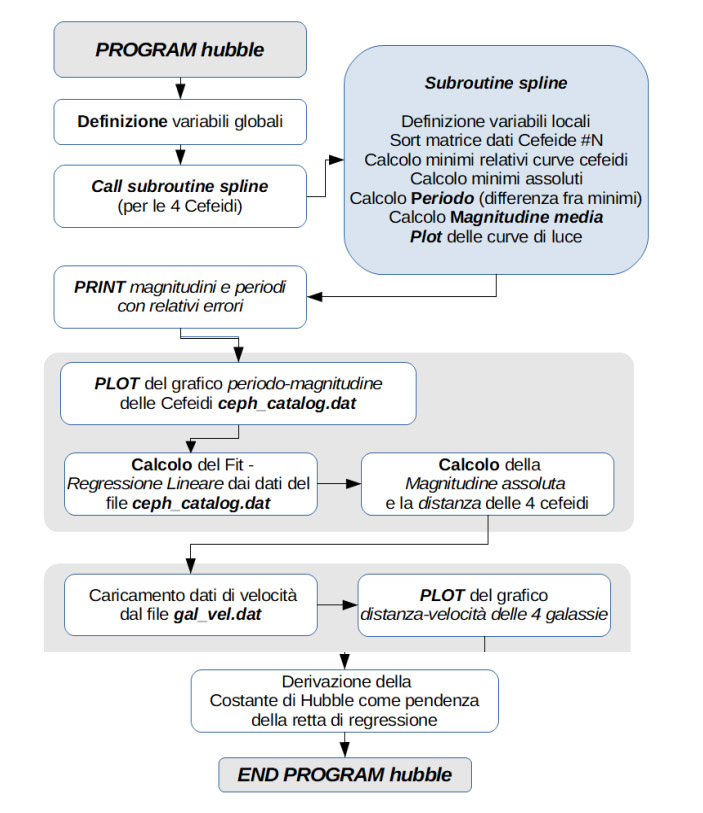
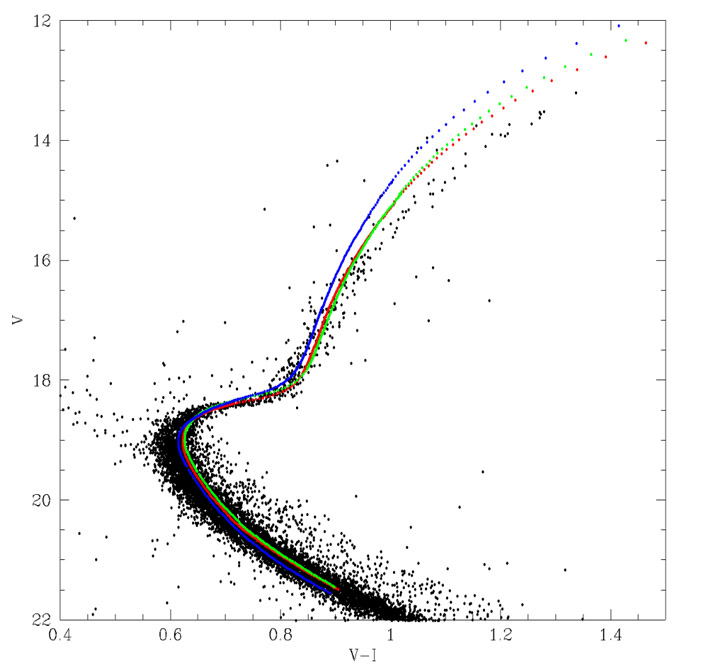
Calculation of the distance of a globular cluster
Determination of the distance of a globular cluster from the comparison between its color-magnitude diagram and a set of isochrones provided. Use of free plotting software Super Mongo and its scripting language for the realization of the graphs and the comparison between theoretical isochrones and observational data sets.
Download the data used for the analysis from here
Download the data used for the analysis from here
Calculation of the mass of a cluster of galaxies
Calculation of the redshift of galaxies starting from optical spectra taken from an exposure with the DoLoRes spectrometer at the Galileo National Telescope (La Palma, Canary Islands). Final evaluation of the velocity dispersion of the galaxy cluster and therefore estimate of its mass.
Download here the ZIP file with the data available for analysis
Download here the ZIP file with the data available for analysis
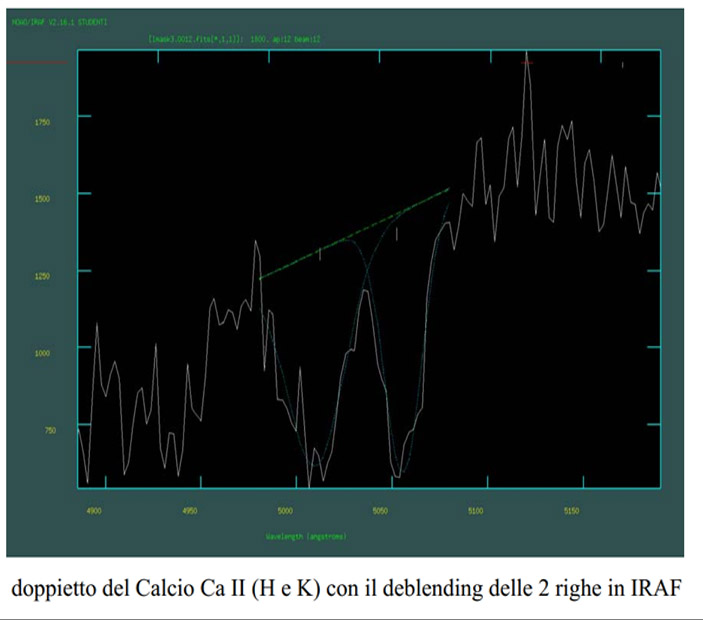
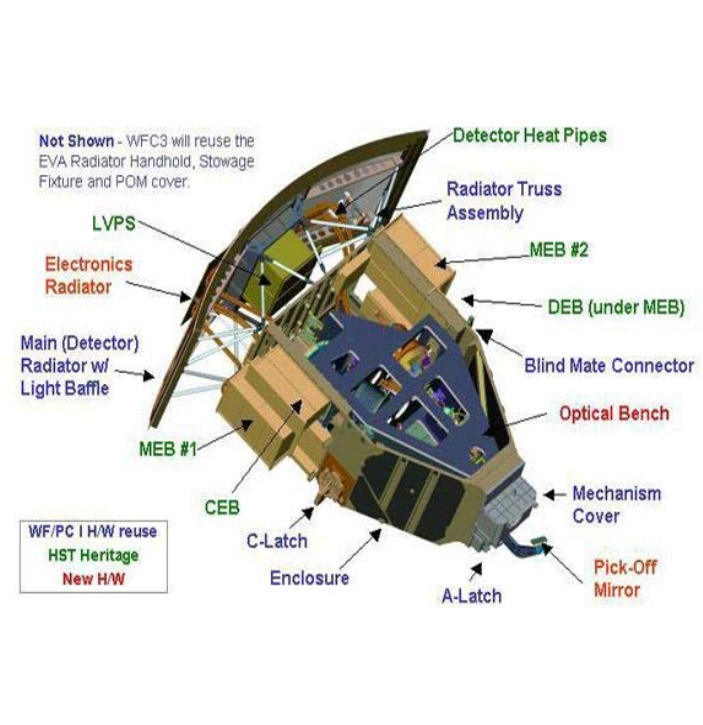
Reduction of data and observation strategies of images from the Hubble Space Telescope with WFC3
Astronomical data obtained with CCDs follow different calibration procedures before astronomical analyzes. The Space Telescope Science Institute (STScI) has developed several sophisticated software that automatically calibrates the data, with the best methods available.
Radio Galaxy 3C 454.1
An in-depth analysis of the radio galaxy 3C 454.1 with two separate cores, starting from the SED - Spectral Energy Distribution with photometric analysis in the infrared and in the radio to obtain an alignment of the radio sources with Visible / IR to provide a more complete figure.
